A better way to manage a bigger Australia
Politicians will need to take their roles as chief policymakers more seriously if the nation is to meet the challenge of high levels of immigration.
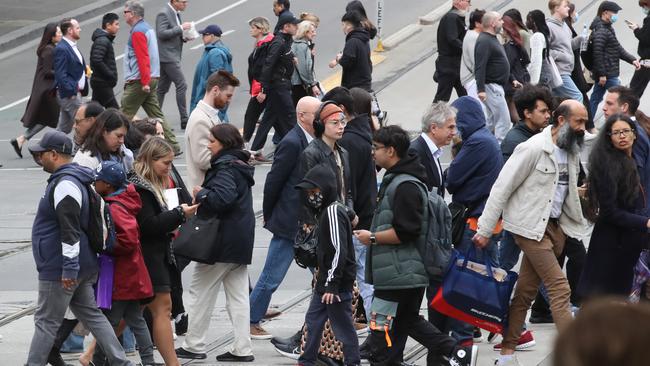
The budget last month forecast an expected 1.5 million new migrants across the next five years, an extraordinary increase in such a short time. The impact on policy areas such as housing access and affordability means that if the government can’t find ways to boost housing stocks, and quickly, it may have no choice but to curb immigration. At least in the short term.
Infrastructure is struggling to keep pace with population growth in some parts of the country, but also services such as healthcare.
This financial year alone 400,000 new arrivals are expected, the highest number in our history. There are many benefits that flow from that, but there are imposts too. Despite the sudden decline of immigration with the arrival of Covid-19, Australia still has infrastructure bottlenecks, in part because of dysfunction within the federation.
Debates about a “big Australia” inevitably become too pejorative and not policy focused. I don’t mind how big Australia’s population gets as long as we can manage the growth effectively. At the moment we don’t seem able to, unless drastic changes are made to lift housing stocks and build infrastructure at a more rapid rate.
But that’s hard to do in a private market with some of the disincentives built into the development process. Part of the fix would necessarily include Australia decentralising its population. Our big-city concentration is world leading, which isn’t a good thing.
But building remote infrastructure for a ballooning population is even harder than doing it in already established big cities.
Even achieving our emissions commitments becomes hard with higher immigration. And while politicians often hail skilled immigration as a national panacea, that ignores the brain drain we are inflicting on other nations when we welcome so many skilled migrants. Often migrants to Australia come from underdeveloped or developing countries that can’t really afford to lose their best and brightest.
Historically, immigration has been the lifeblood of this country and opposition to it is sometimes hard to understand. It may surprise some to realise migrants often can be opponents of further waves of immigration.
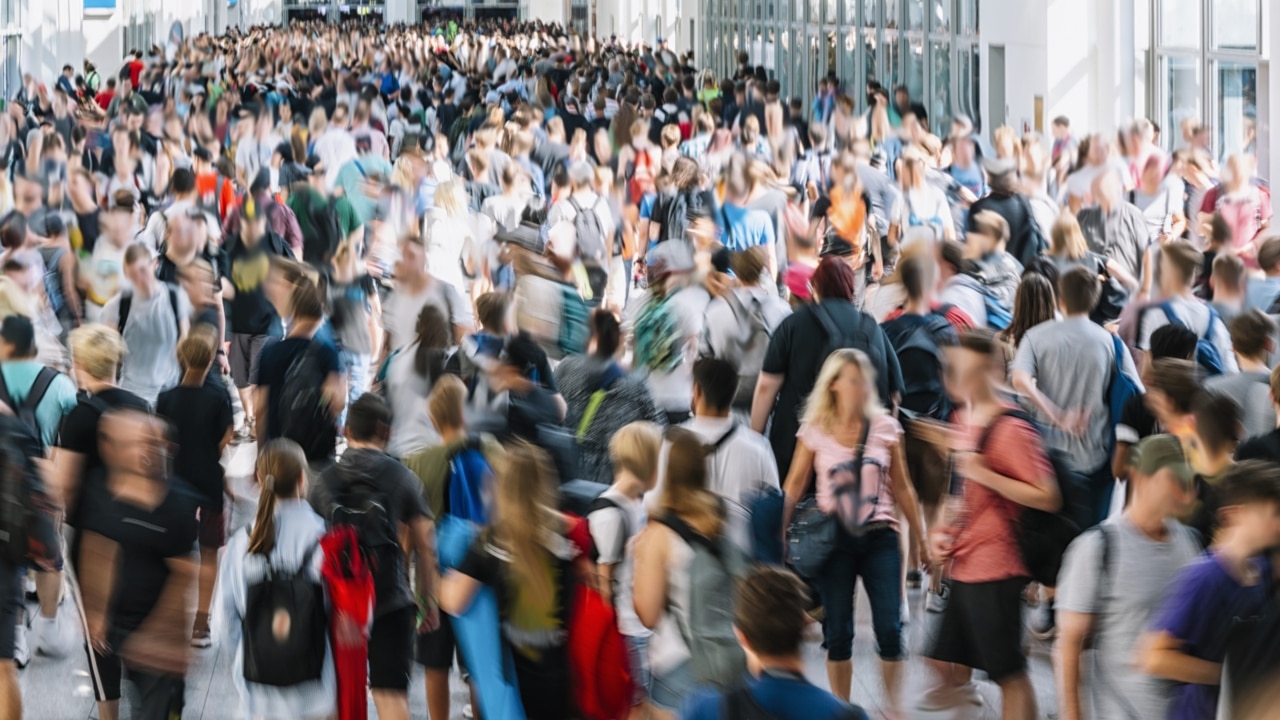
I remember as a teenager arguing with my late father about his decision to join the Australians Against Further Immigration party. Yes it was a real thing, established in 1989 before being dissolved in 2008, never having won a seat in parliament. Our interactions were like a satire: “But Dad, you’re a migrant.” “Yes, but I’m against FURTHER immigration.” “Right. So you plan on going door-to-door with your thick Dutch accent asking people to vote for your party so you can deny others the same opportunities immigration gave you?” “Precisely,” was his answer, at which point we both walked away shaking our heads.
Back then immigration debate had unsavoury racial undertones, and the notion that Australia was “full” was both ridiculous and borderline xenophobic (sorry, Dad).
That was namely because much of the supposed concern with immigration seemed to be implicitly attached to where it came from and what impact it might have on the multicultural complexion of Australia, sentiments Pauline Hanson subsequently tapped into. It wasn’t simply a debate about the challenges of good governments doing what they must to accommodate high immigration rates.
Fortunately, such debates are confined mostly to the fringes these days. But the issue of how Australia is going to manage high immigration rates in the coming years needs proper answers and can’t be dismissed simplistically as dog-whistle politicking.
If we aren’t building enough dwellings now, how much worse is that problem going to get with 1.5 million new arrivals? It isn’t as simple as cutting immigration to preserve affordable access to housing, whether to rent or buy. That’s because governments also rely on high rates of immigration for their economic growth forecasts and as a counterweight to an ageing population. But perhaps the balance has been lost.
Australia’s tax system is disproportionately dependent on income taxes compared with other OECD nations. As our population ages we need migrants of working age not only to fill skills gaps but also as taxpayers, irrespective of the industry they work in.
The government’s 2022 Population Statement declared “Australia’s greatest long-term demographic challenge is the ageing population”. That’s because older Australians work less, live longer and currently pay little tax, albeit after a lifetime of have paid taxes. They also cost more in terms of healthcare, for example.
Recruiting taxpayers from abroad of working age has long been the government’s easy fix. But it’s now coming with ancillary problems that, to be frank, may even be starting to rival the concerns of ageing. Certainly for those younger Australians who are struggling with affordability.
The fiscal hole ageing creates can be fixed with tax reform: restructuring our tax dependence away from income tax dependence. But there are few signs the government or opposition is willing to have this necessary debate.
And it’s complex. Limiting negative gearing, for example, may seem like a good reform but it could discourage investors buying properties, which is essential to urban development and the rental market. The Greens want government intervention to build large stocks of housing – an Australian version of Singapore, perhaps? But details are scant.
This is all happening amid high inflation. Just wait for the predicted economic slowdown rising interest rates are designed to induce. We’ll find out on Tuesday if the Reserve Bank will lift rates even further. Slower growth usually means higher unemployment. A recession overwhelmingly tends to see unemployment skyrocket.
If that happens politicians may start tapping into negative sentiments about “job stealing” migrants. In reality those migrants could be at disproportionate risk of losing their jobs in a downturn. Either way, a downturn will add another layer to the immigration debate and it could stoke pejorative sentiments that may be counter-productive to outcomes being achieved.
Australia needs to better accommodate a high immigration rate or wind it back with tax system improvements to successfully manage the ageing of the population. Or do both – but that might be expecting too much from the political class. Politicians need to take their roles as chief policymakers more seriously. Too many are ill-equipped for doing so. A glance at their pre-parliamentary work experience tells you why.
Peter van Onselen is a professor of politics and public policy at the University of Western Australia and Griffith University.


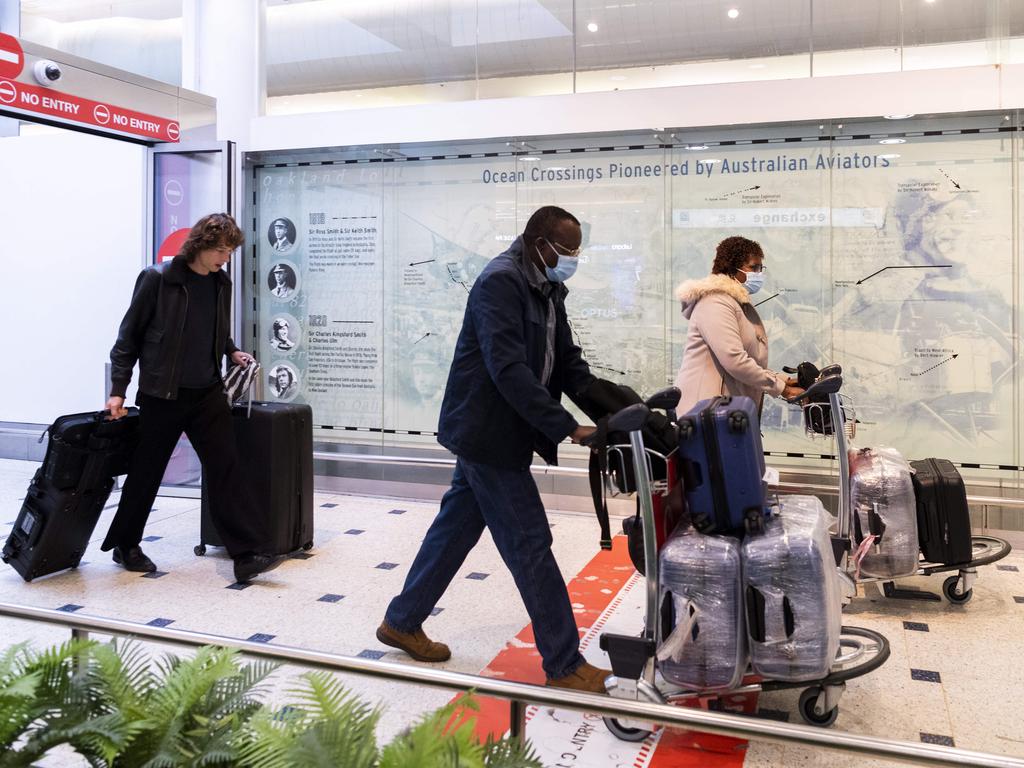
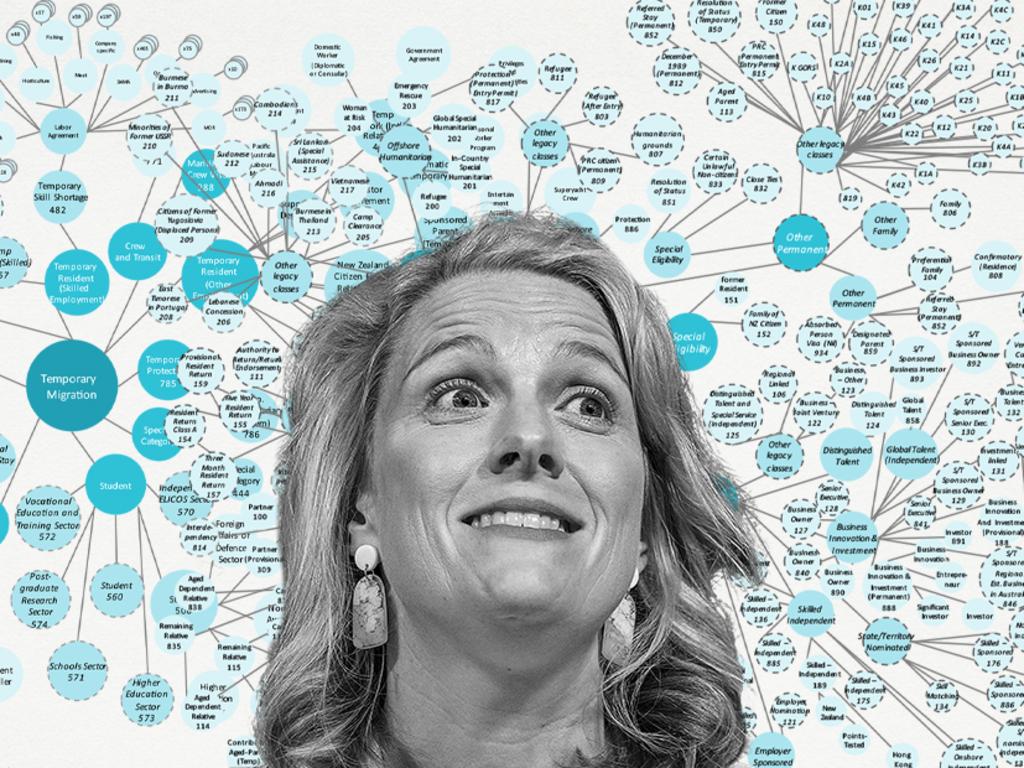


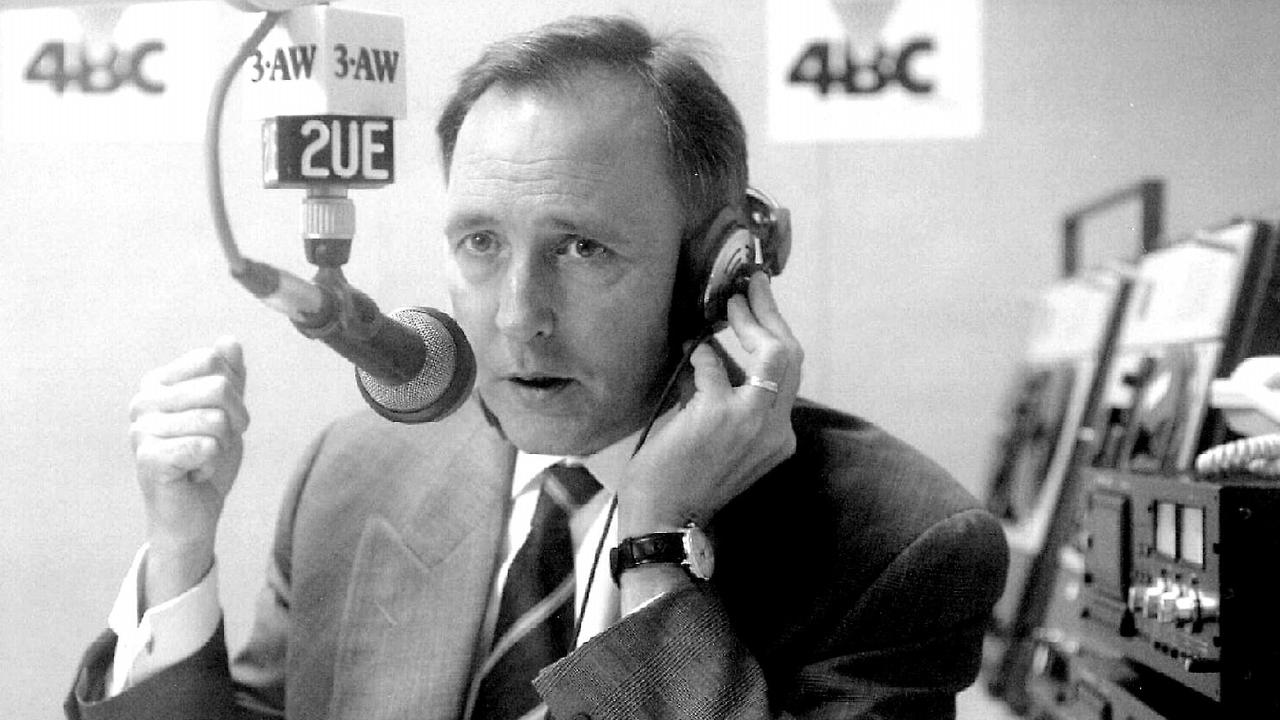
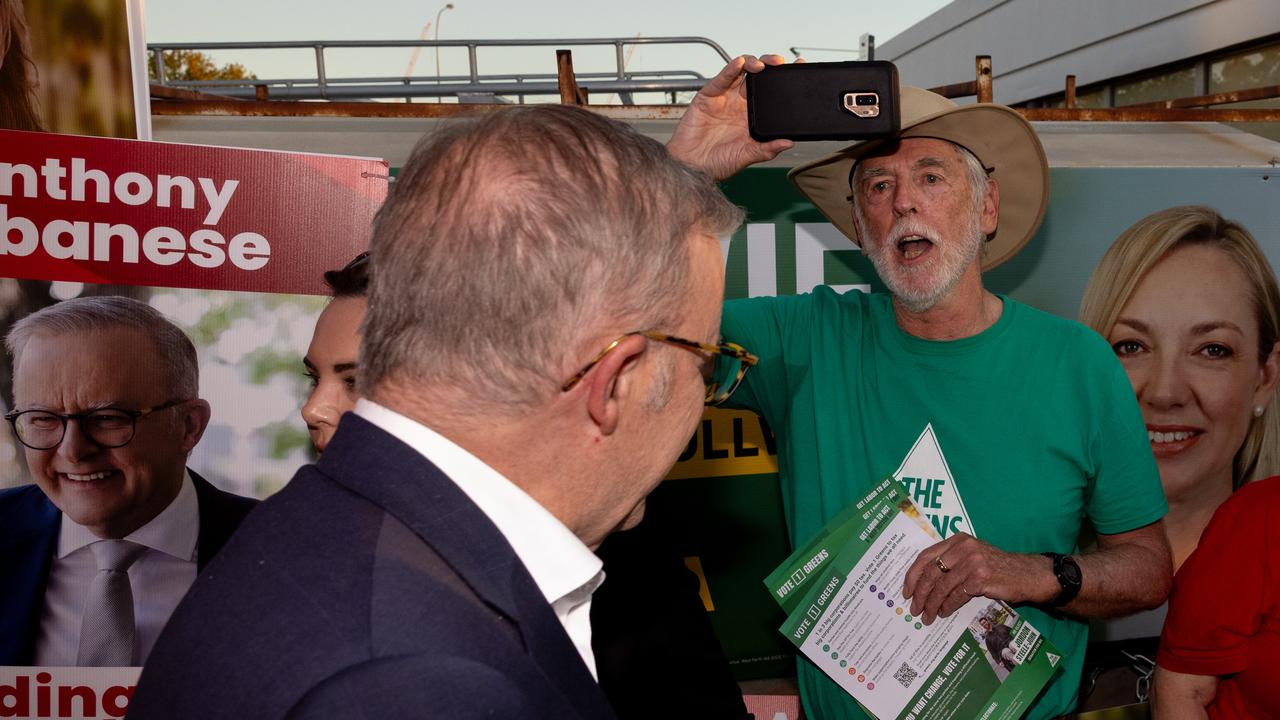
We have to talk about immigration. It’s a subject that too often becomes a race debate when it shouldn’t. Growing concerns about high levels of immigration are legitimate and have nothing to do with race. Can Australia sustainably manage the number of migrants expected to reach our shores in coming years?